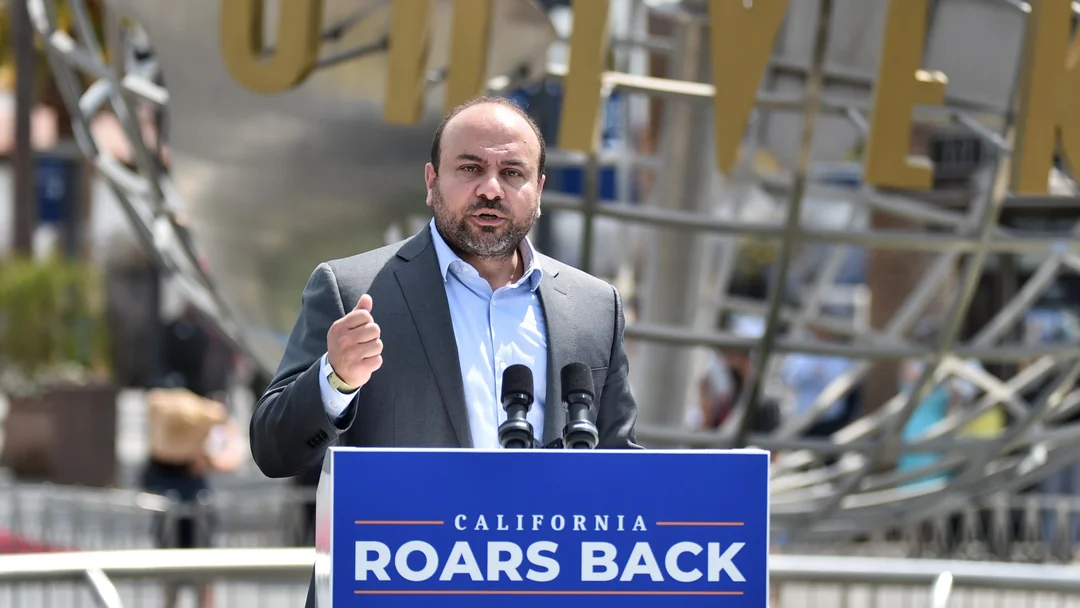
Is Hollywood’s Magic Fading Away? The Battle to Keep the Lights On
Hollywood, the iconic heart of the American entertainment industry, is facing an unprecedented crisis. As production jobs flee to more lucrative locales, workers and unions are rallying for change. This isn't just about movies and TV shows; it's about preserving California's cultural and economic legacy in a globalized world.
Recent reports highlight a dramatic decline in on-location filming in Los Angeles, with last year marking the lowest numbers since tracking began, excluding the pandemic. According to FilmLA, TV production has plummeted by 58% over the past three years, leaving thousands of crew members like grips, electricians, and set decorators struggling for work. Screenwriter David Scarpa describes walking through once-bustling studio lots as 'feeling empty,' a stark contrast to the vibrant hubs of creativity that defined Hollywood for decades.

The Animation Guild is at the forefront of this fight, pushing for enhanced California subsidies to stem the tide of outsourcing. Their report from CVL Economics argues that the state's current $330 million tax incentive program, which favors live-action projects, falls short. Proposed bills SB 630 and AB 1138 aim to expand this to $750 million and include animation for the first time. Guild President Jeanette Moreno King warns that studios are now sending entire productions abroad, including storyboarding and directing, costing California jobs like the 338 lost from 'Moana 2' being produced in Vancouver.
This exodus isn't unique to animation. Hollywood faces fierce competition from places like Atlanta, Canada, and the UK, which offer more aggressive incentives. In Texas, a new bill could double their film subsidies, while Netflix announced a $1 billion investment in Mexico. Critics compare this to Detroit's decline, where manufacturing jobs vanished, hollowing out the city. Philip Sokoloski of FilmLA emphasizes that California's share of North American production has dropped to just 20%, raising questions about the industry's future.
Amid these challenges, lawmakers are debating solutions. Governor Gavin Newsom proposes boosting the tax credit from 20% to 35%, with bonuses for filming in underserved areas. Supporters, including LA Councilmember Adrin Nazarian, argue this isn't a corporate handout but a lifeline for blue-collar jobs. The California Production Coalition estimates that each location shoot adds 1,500 jobs daily to the local economy. However, skeptics worry about the fiscal cost, especially as the state grapples with high unemployment rates.
Ultimately, this battle underscores a broader shift in the entertainment landscape. If California doesn't act, the risk of a 'death spiral' looms, where talent and infrastructure erode further. The Animation Guild's report calls for investing in the future, not just nostalgia, to maintain Hollywood's competitive edge.
In summary, Hollywood's predicament highlights the delicate balance between global competition and local innovation. Will enhanced tax incentives be enough to reverse the trend? As the industry hangs in the balance, readers are encouraged to share their thoughts: Is this the end of an era, or a chance for rebirth? Leave a comment below and let's discuss how to keep the dream alive.